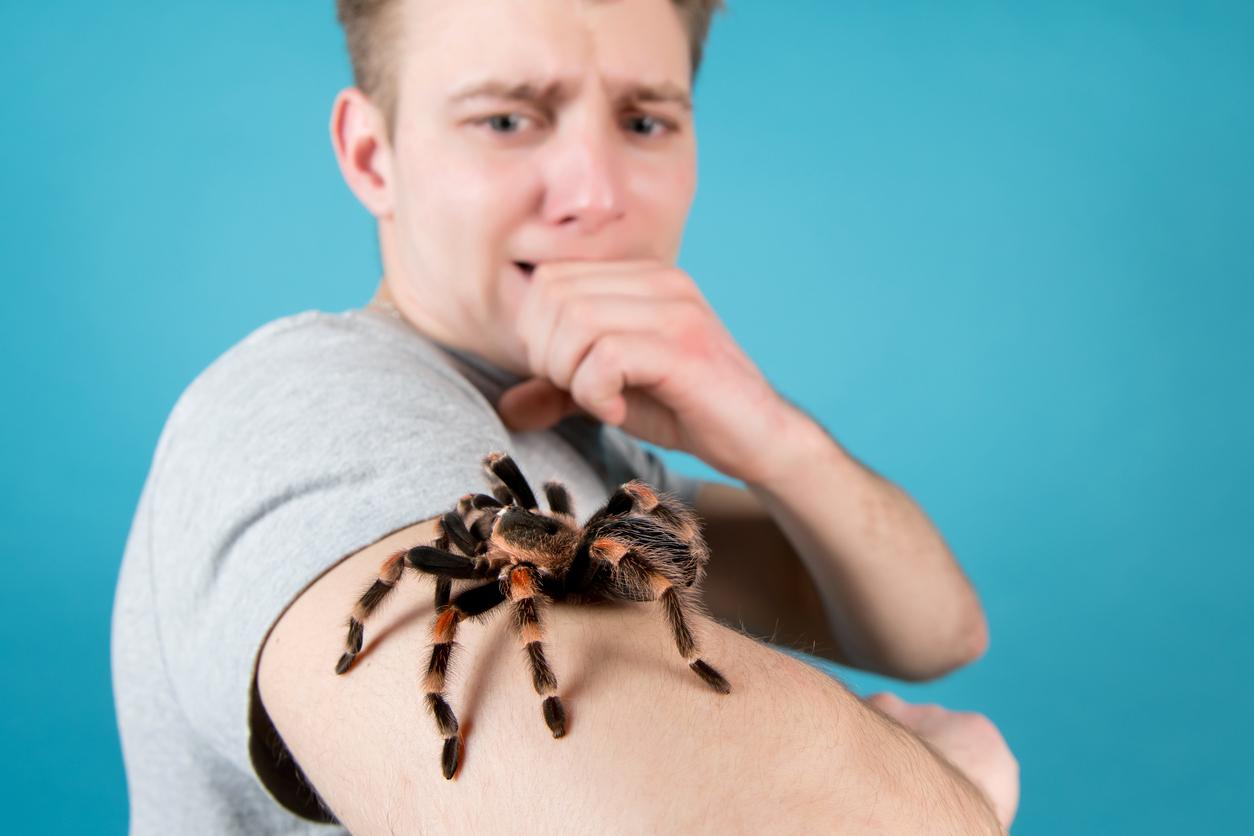The release of the hormone would slow down our movements in order to analyze the situation to then make the best decision.
-1575899291.jpg)
The next time you’re stunned by a potential threat, you’ll think back to this article. A new study by researchers at Columbia University (USA) has provided insight into the reaction caused by the sudden release of serotonin. The results, published in the journal Current Biologydescribe the curious phenomenon observed in virtually all animals studied to date.
For their experiment, the researchers conducted their tests on fruit flies, which also have the reflex to freeze — like a rabbit caught in headlights — when they experience an unexpected change in their environment. Previous studies have already established that serotonin is responsible for regulating mood and emotions, and that it could also affect the speed of an animal’s movements. This new study was undertaken to understand how the chemical helped achieve this.
Sudden changes in the environment
Richard Mann, professor of biochemistry and molecular biophysics and lead author of the study, explains: “Imagine sitting in your living room with your family, when suddenly the lights go out, or the floor starts to shake. Your answer and that of your family will be the same: you will stop, freeze and then go to safety. With this study, we show in flies that a rapid release of the chemical serotonin in their nervous system results in this initial freezing. And because serotonin also exists in people, these results also shed some light on what can happen when we are surprised.”
For this study, Richard Mann teamed up with a physicist from Columbia University, Szabolcs Marka. Together they created FlyWalker, a device that can track an insect’s footsteps on a special type of glass, to analyze the footsteps of fruit flies. After monitoring the movements of the flies, the researchers increased and decreased the levels of serotonin and dopamine in the fly’s ventral nerve cord, which is comparable to the spinal cord of vertebrates.
By making serotonin-producing neurons in the central nerve cord more active, researchers have shown that it slows down flies, while reducing the activity of these neurons. They also found that serotonin levels could increase or decrease insect speed under a wide variety of conditions, including temperatures, hunger, or when walking upside down.
Clare Howard, the first author of the article, is enthusiastic about this discovery. “We witnessed the strongest effects of serotonin when the flies experienced rapid environmental changes. In other words, when they were surprised.”
Better adapt to the dangers that arise
The researchers then designed two situations to evoke the fly’s startle response. In the first, they imitated a blackout, and in the second, they simulated an earthquake.
In partnership with Tanya Tabachnik, director of advanced instrumentation at Columbia’s Zuckerman Institute, the researchers built custom-made systems for their research, including a miniature arena with vibrating motors to create a seismic effect. While exposing the fly to both scenarios, the researchers also manipulated the fly’s ability to produce serotonin.
“We found that when a fly jumps in these scenarios, serotonin acts as an emergency brake. Its release is necessary for the fly to freeze, and part of this reaction may be due to the stiffening of both sides of the animal’s leg joints. This co-contraction could cause a short break in walking, after which the insect starts to move again”, analyzes Richard Mann.
According to Clare Howard, “Rupture is important for the nervous system to gather and process information from the sudden change in environment, allowing it to produce a better response. In the two scenarios, the fly’s walking speeds differed significantly. During the blackout, the fly walked slowly, but during an earthquake, it picked up speed and walked faster.”
The findings also provide insight into what happens in the brains of more complex animals when exposed to a sudden change in their environment.
“Our results indicate that serotonin has the potential to interact with different types of nerve cells in the fly nervous system, such as those that guide movement and process sensory information,” adds Richard Mann. As we and others continue our research, we hope to develop a detailed molecular locomotion blueprint that can be applied to other animals, perhaps even humans.”















